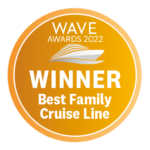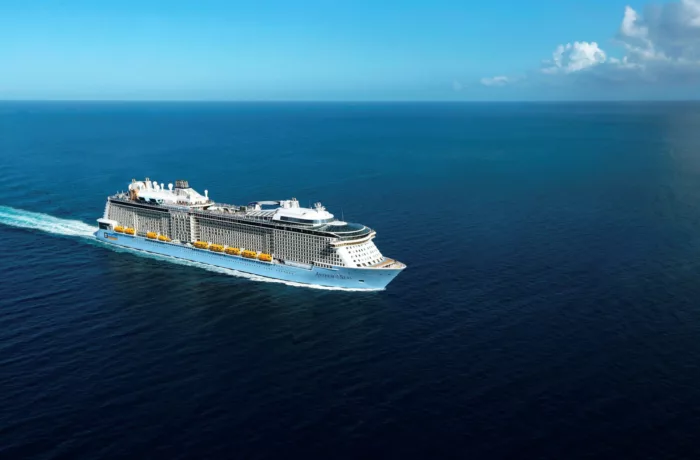
Royal Caribbean International
North American cruise line Royal Caribbean International has an impressive history and global reputation.
The cruise line is famed for its fleet of mega-ships, which consist of Utopia of the Seas, Wonder of the Seas, Harmony of the Seas and more.
Each ship is full to the brim of thrills and entertainment, with the cruise line continuing to innovate.
2416
Passengers
765
Crew
1997
Launched
2016
Last refit
78491t
Tonnage
280m
Length
32m
Width
22kts
Speed
11
Decks
USD
Currency
Cruise Itinerary
Ship Details


Royal Caribbean International
Rhapsody of the Seas
Unlock bucket-list-worthy shores and take memory-making to the next level — on Rhapsody of the Seas®.
Cabins
All Prices














